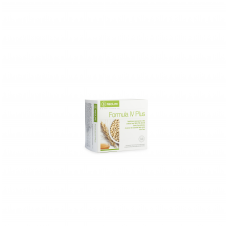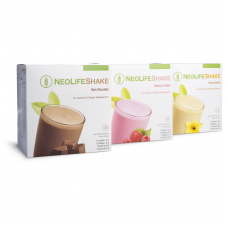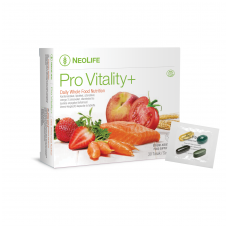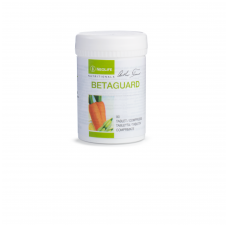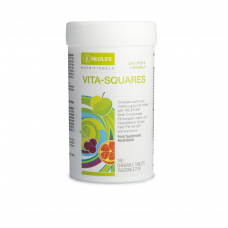Mineral (Zinc)
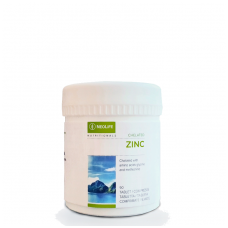
Who needs it?
Zinc is a component of more than 200 enzymes , DNA and RNA essential for growth, essential for recovery, controls the production of reproductive hormones, helps to fight stress effectively, supports the healthy development of the brain and nervous system of the embryo, participates in the formation of teeth and bones, essential for hair growth, essential for energy production.
Signs of deficiency
Bad sense of smell and taste,white spots on more than two nails, common infections ,skin scarring (striae),acne and oily skin, reduced reproductive capacity ( difficulty in getting pregnant ),pale skin, tendency to depression, poor appetite.
How much?
RDA (recommended daily intake ) 15 mg
OPN (optimal daily intake) 20 mg
Toxicity
Zinc in doses greater than 2 g causes gastrointestinal irritation , vomiting , anaemia , growth retardation , body stiffness , altered appetite (desire for strange food combinations) and death. Zinc was administered for several consecutive years to patients at doses 10 times the recommended maximum , but no side effects were observed. When prescribing zinc, the copper content must be measured.
Recommended foods
Oysters (148.7 mg), ginger root (6.8 mg), mutton (5.3 mg), pecans (4.5 mg), dried broken peas (4.2 mg), black cod (1.7 mg), green peas (1.6 mg), shrimp (1.5 mg), turnips (turnip) (1.2 mg), Brazil nuts (4.2 mg), egg yolk (3.5 mg), wholemeal wheat flour (3.2 mg)), rye ( 3.2 mg), oats (3.2 mg), peanuts (3.2 mg), almonds (3.1 mg).
Assistants
Gastric acid ,vitamins A , E and B6 , magnesium, calcium and phosphorus.
Thieves
Phytates (wheat), oxalates (rhubarb and spinach) , high dose of calcium , copper , low protein in the diet, excess sugar in the diet, stress . Alcohol reduces the absorption of zinc.
Source
Patrick Holford" the new bible of optimal nutrition " P. 485-486 book publisher (Medical Research and Consulting Center)
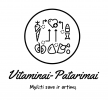
 +370 679 670 37
+370 679 670 37